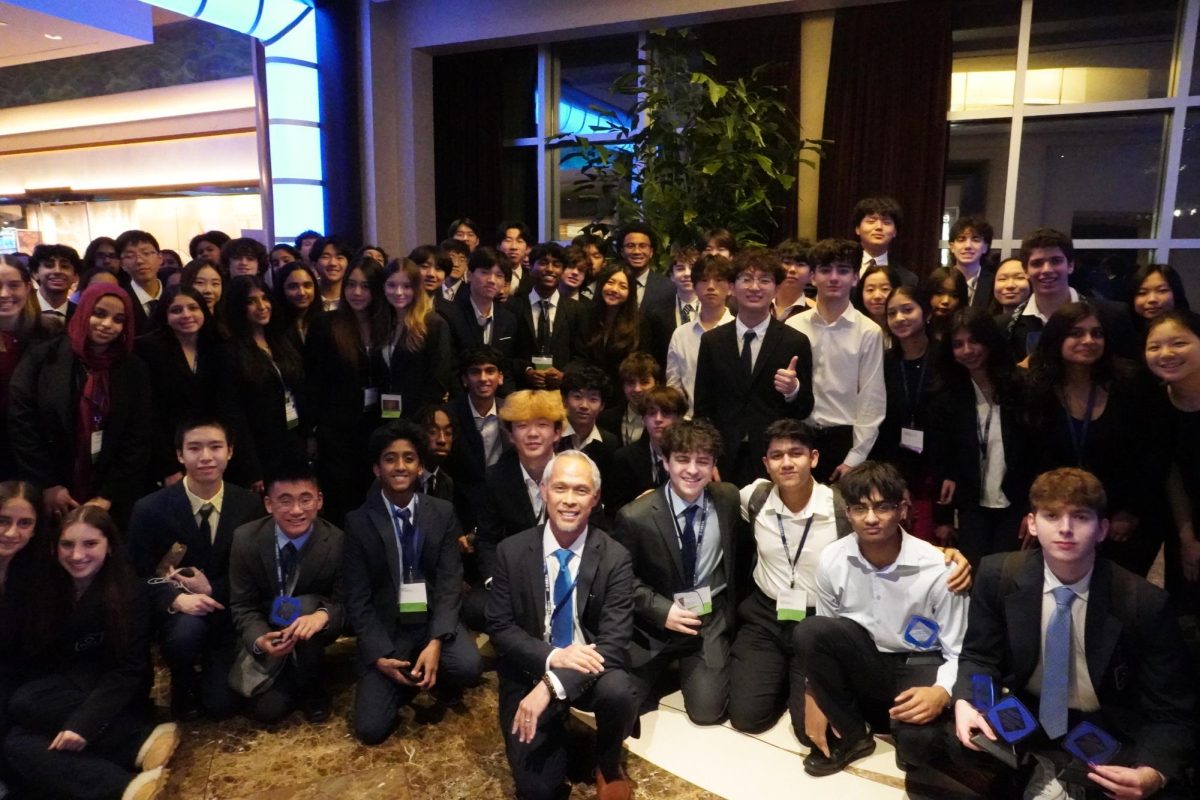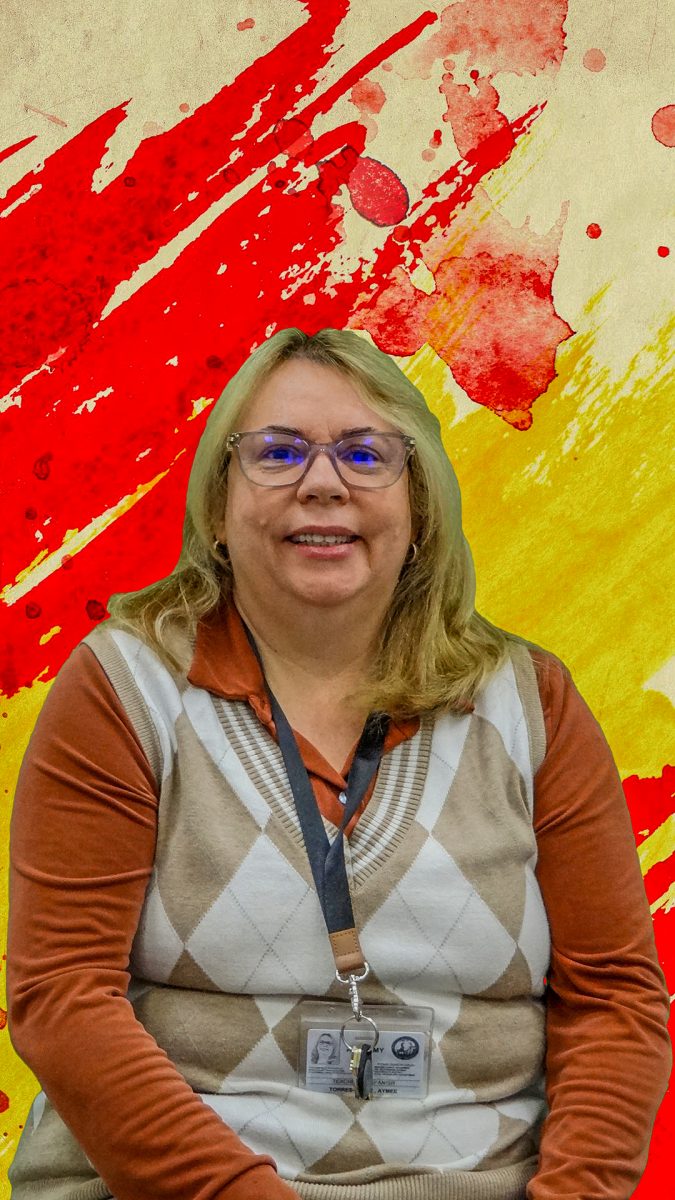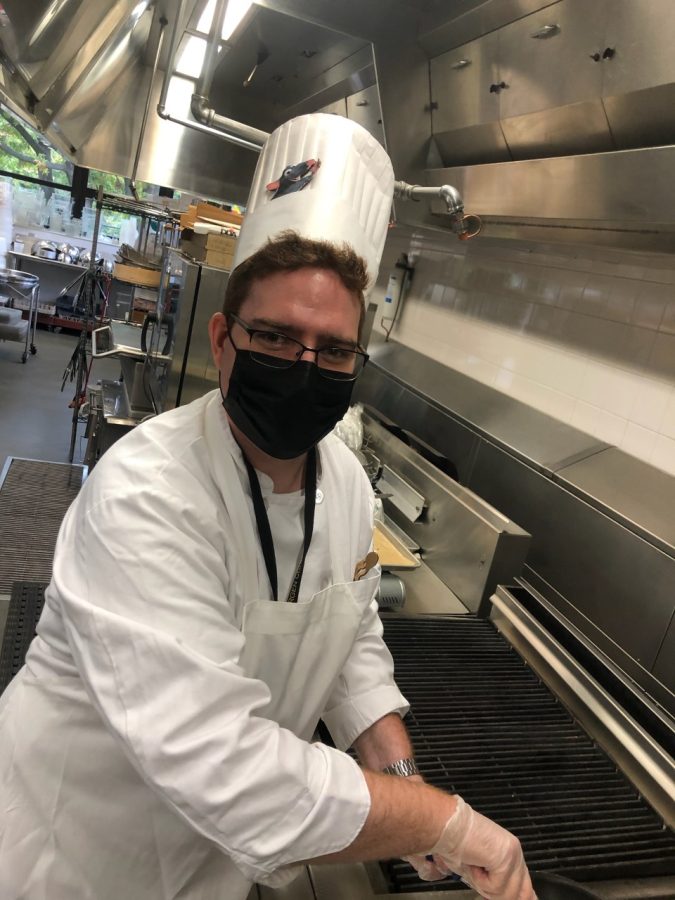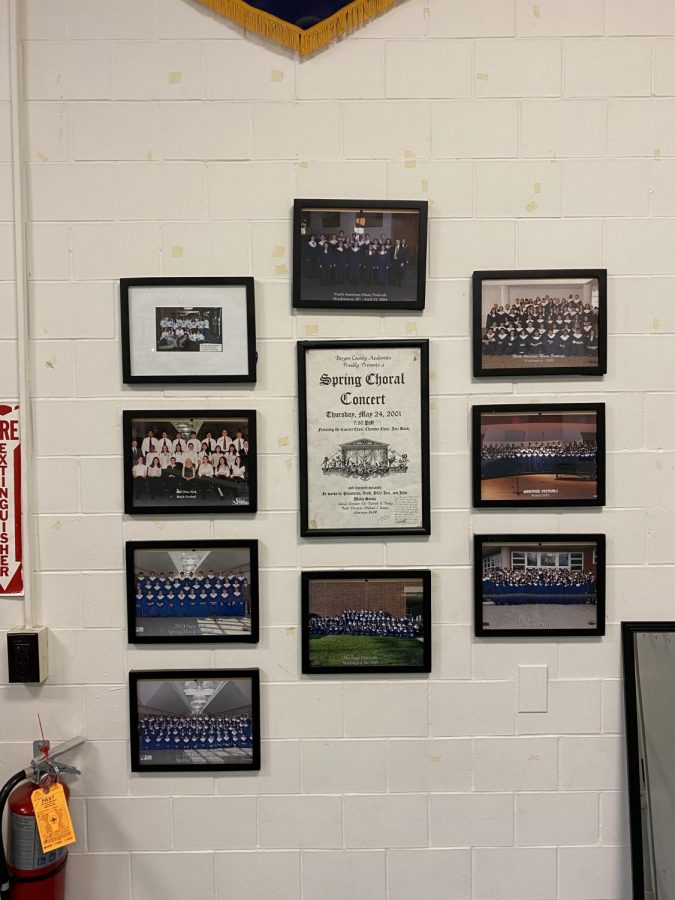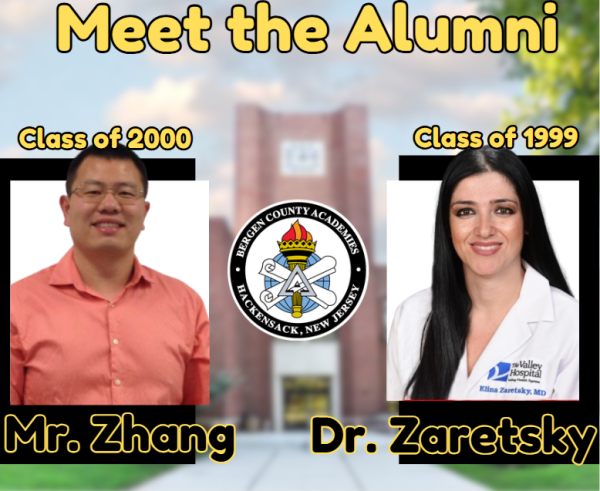
Before I even thought about applying to Bergen County Academies or fully understanding what the school was, I remember asking my mom, Dr. Zaretsky, about her experience during a car ride. She had been part of BCA’s 4th graduating class. At the time, I was just a 6th grader, taking my first steps into middle school. I had little idea of what activities I should pursue or what grades were needed for admission to the high school everyone seemed to dream of studying at.
During that car ride, I asked my mom about the subjects she studied, the application process, and how challenging it was to adjust to such an unfamiliar school environment. She shared memories of her interview, recalling that her parents were allowed to sit with her in the room while she responded to questions. She also told me BCA was originally called the Academy for the Advancement of Science and Technology (AAST) before expanding to include additional academies and adopting the title “Bergen County Academies.” She talked about how her time at BCA as not particularly difficult, and how many students in her grade promptly adjusted to the level of rigor. Back when she told me that, it almost sounded like BCA was just a normal high school with a prestigious name. Today, I look back on that conversation, comparing her version of BCA to the one I experience today. After some reflection, I came to realize that her description felt worlds apart from mine.
As BCA welcomes more and more students, its network of alumni grows as well. This article features interviews with two BCA alumni; one of whom now teaches at the school. Mr. Zhang, a member of the fifth graduating class in 2000 (AAST) who went on to study at the Massachusetts Institute of Technology (MIT), majoring in biology and minoring in economics. As many of you already know, he is a current sophomore biology teacher, admired by many students throughout the school. My other interview: Dr. Elina Zaretsky MD, who graduated as part of the fourth class in 1999 (also AAST), attended the University of Pennsylvania and double majored in biology and health & societies. Currently, she works as a breast imaging specialist at Valley Hospital.
This article aims to explore key similarities and differences between BCA during its first few years of operation and how it is today. Through interviews with these two successful alumni, we gain valuable insight into various aspects of the school, including what the campus was like, details about the old student body, and how the overall BCA experience compares to what students know today.
Interview with Mr. Zhang
Q: Can you recall any challenges that you faced when you first entered this school after graduating from 8th grade? Do you think these challenges are shared by other students?
Mr. Zhang: My main challenge was trying to fit in at a new school. We were all from different towns, so it was challenging trying to find my place in a class of 66 students.
Q: Can you recall how large the student body was when you went to BCA?
Mr. Zhang: The student body was around 250 students. We had to share the Hackensack campus with Bergen Tech, which was a bigger school at that time.
Q: What was your favorite spot on campus when you attended?
Mr. Zhang: My favorite spot was the breezeway between history and math wings. It was light-filled and many of us ate lunch there.
Q: Do you think BCA was idealized back then as much as it is today?
Mr. Zhang: We were able to enjoy BCA before the introduction of AP/IB into every discipline. It was nice to have French, History, and English without having to worry about the AP or IB curriculum. We were able to ‘relax’ in some classes and focus more time and energy in other more difficult classes.
Q: What distinguished your class? Did your class have any unique tradition that only you and your peers would understand?
Mr. Zhang: Our class was the Y2K class because we graduated during the year 2000. At that time, many people thought a glitch in computers where their dates went from 12/31/99 to 1/1/00 would cause the computers to all be destroyed and cause a meltdown in our society. None of those things happened.
Q: Is there anything you wish you did differently during your time at this school?
Mr. Zhang: No, I’m glad for the experience I had in high school.
Q: What did the campus look like when you attended? Are there any major changes that you notice looking at the campus today?
Mr. Zhang: The campus was much smaller. I used to wait for my parents to pick me up in the space where the math wing now sits. The buses picked us up in the north wing. Our second-floor cafeteria was dark and drab. I remember we used to have dances there and it was not very nice.
Interview with Dr. Zaretsky
Q: Can you recall any challenges that you faced when you first entered this school after graduating from 8th grade? Do you think these challenges are shared by other students at BCA?
Dr. Zaretsky: One of the main challenges that I experienced was being in a group of students that were highly motivated, self driven, and very smart. Coming out of middle school, I was one of the top students and suddenly, I was surrounded by many gifted and smart students. You realize that you are not as special as you initially thought you were. I definitely think that this is something that every other student had to adjust to.
Q: Can you recall how large the student body was when you went to BCA?
Dr. Zaretsky: I believe I had about 62 kids in my class which was the fourth graduating class. The classes above me had 50-60 students. In the whole school, there were only around 200 students.
Q: What was your favorite spot on campus when you attended?
Dr. Zaretsky: Room 224, which was the room the yearbook club met up in.
Q: Do you think BCA was idealized back then as much as it is today?
Dr. Zaretsky: I think it definitely was because it was founded by a very visionary individual, Dr. John Greico, whose daughter, Andrea Greico, was also in my class. It was seen as a special school because it allowed students to specialize in their field of interest as young as high school. I remember multiple articles being published about our school.
Q: What distinguished your class? Did your class have any unique tradition that only you and our peers would understand?
Dr. Zaretsky: We were the last class to make the school complete. When we came in, there were 4 grades in the school for the first time. Before we came in when there were only freshmen, sophomores, and juniors.
Q: Is there anything you wish you did differently during your time at this school?
Dr. Zaretsky: Maybe taken some electives that were outside of my direct interest in medicine. I wish I took more electives in more fields of study, for example public speaking.
Q: What did the campus look like when you attended? Are there any major changes that you notice looking at the campus today?
Dr. Zaretsky: We didn’t have electromagnetic microscopes, there was no greenhouse, there was only one cafeteria when I went and the loft in the upper cafe did not exist. There were no significant changes down to the auditorium and the track looks the same, pretty much. Overall, the campus was much smaller and everyone recognized each other.
Based on these interviews with two notable BCA alumni, there seems to be both external and internal changes BCA has sustained over the years, especially with improvements made to the campus. During Dr. Zaretsky and Mr. Zhang’s time at BCA, there weren’t many academies. In fact, BCA’s title was Academy for the Advancement of Science and Technology. Despite these changes, one important constant remains: BCA’s reputation as an exceptional school in academics and early exposure of career paths to passionate students. We can see that the successes of Mr. Zhang and Dr. Zaretsky highlight the lasting impact that attending this coveted high school has had on graduates of the past and how it will be so for the graduates of the future.
According to Mr. Zhang and Dr. Zaretsky, Bergen County Academies has clearly gone through some significant changes from its early years. In those days, BCA was smaller and more closely-knit with only about 200 to 250 students in the entire school. Because of this, almost everybody knew each other, creating a kind of collegial dynamic for the students. Shared spaces were smaller and more informal as well.
For instance, Mr. Zhang recalled meeting friends in the “breezeway” between the history and math wins, which was where many students like him used to eat lunch. The cafeteria itsself was a small, simple place where dances were organized. Students could also attend classes without all the added stress of AP or IB curricula. With fewer expectations put on them, the school would feel less intense in terms of academics, allowing students to focus more on electives or personal endeavors.
Today, BCA is much larger, reflecting its reputation as a competitive specialized magnet school. AP/IB classes have been introduced, and facilities have been upgraded, including a greenhouse and special science laboratories, with a focus on academics and STEM prominence. Yet today, students are still faced with the challenge of standing out while in a group of students who are all driven, self-motivated, and academically gifted, making the school environment significantly competitive. Above all, BCA has become more structured in its prestige while still nurturing the academic and specialized talents of our students; but still quite far away from the smaller set-up that the earliest classes remember.





